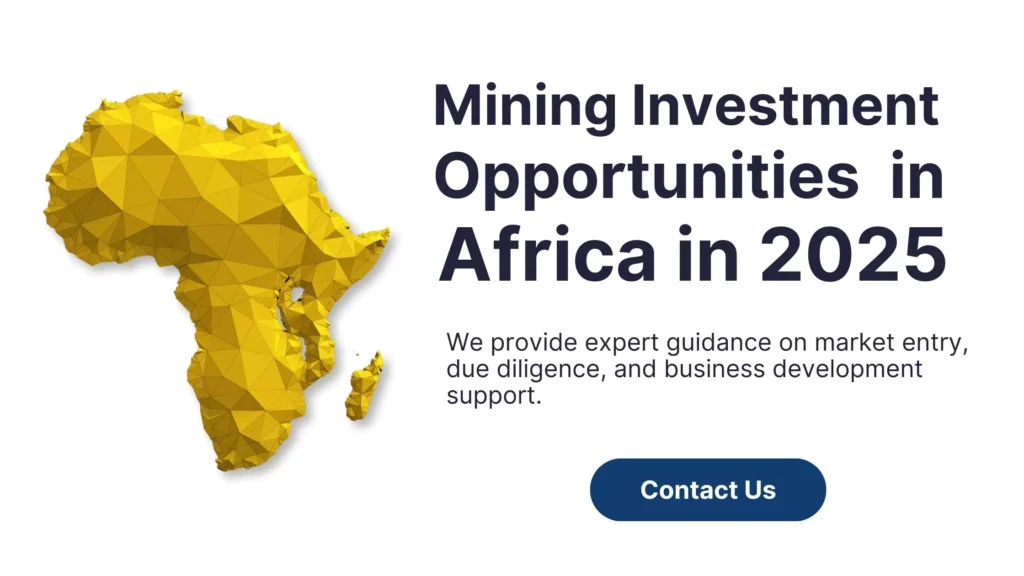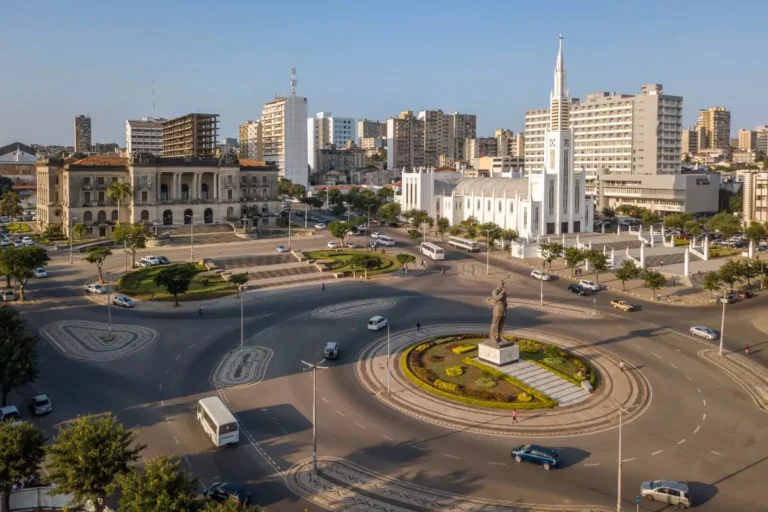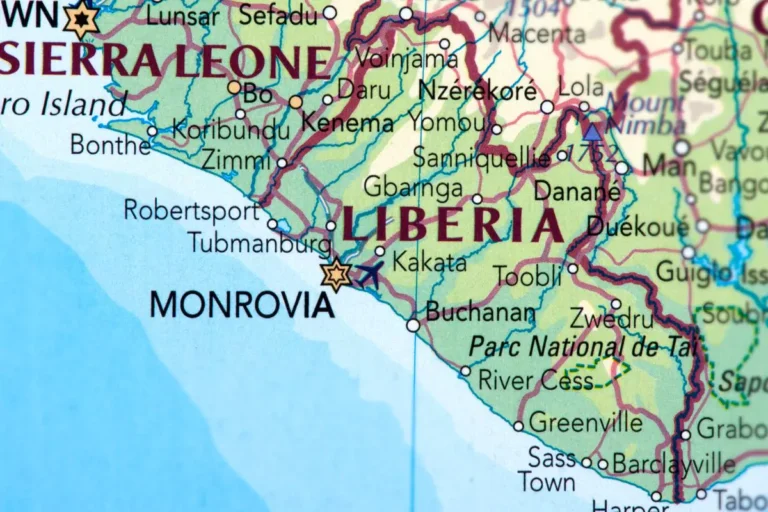Top 3 Challenges Facing the Mining Sector in Africa in 2025
Africa stands at the heart of the global mining landscape in 2025. From cobalt in the Copperbelt to gold in West Africa and platinum in South Africa, the continent is home to the minerals that power everything from smartphones to renewable energy systems and electric vehicles. This immense resource base positions Africa as a critical supplier in a world racing toward decarbonization and digital transformation.
Yet, alongside this promise come pressing challenges. The sector is navigating an increasingly complex environment shaped by shifting regulations, fragile infrastructure, and growing environmental and social pressures. Recent events, including mining code disputes in Mali, persistent power shortages in South Africa, and a catastrophic dam collapse in Zambia, highlight just how vulnerable mining operations remain.
These challenges are not just industry hurdles; they shape how much African nations can benefit from their mineral wealth. Without addressing governance gaps, infrastructure bottlenecks, and sustainability risks, Africa risks missing out on the opportunity to anchor itself firmly within global supply chains for critical minerals.
We will explore the top 3 Challenges Facing the Mining Sector in Africa in 2025, offering insights into the barriers that investors, policymakers, and communities must overcome to ensure the continent’s resources fuel inclusive and sustainable growth.
Key Highlights
- Regulatory Shifts: New mining codes and unpredictable policy changes create uncertainty but also open space for stronger local participation.
- Infrastructure Gaps: Poor transport links and unstable power drive up costs, highlighting the need for investment in African-built solutions.
- Environmental Pressures: Tailings dam failures and unsafe artisanal practices demand stricter oversight and sustainable approaches.
- Investor Opportunities: Growing demand for critical minerals and local value addition make Africa a prime destination for bold, long-term investment.
Table of Contents
1. Regulatory Uncertainty & Building African Ownership
Across the continent, governments are taking bold steps to reform mining laws with the goal of securing greater benefits for their citizens. These reforms often increase royalties, strengthen state participation, or require higher levels of local ownership. In Mali, for example, the government has introduced new mining codes designed to capture more value from its gold sector. While such measures have created tensions with some international companies, they reflect a growing determination by African states to ensure their resources deliver tangible national benefits.
For decades, Africa’s mining sector has relied heavily on foreign capital, leaving much of the value generated to flow abroad. This model has created vulnerabilities, as sudden shifts in global markets or investor withdrawals can destabilize entire economies. The path forward requires mobilizing more African investment, from local banks, pension funds, and private equity, to build truly homegrown mining champions. Strengthening regional partnerships and financing structures will reduce dependence on foreign investors while keeping more wealth circulating within African economies.
At the same time, true transformation depends on local value addition. Exporting raw minerals has kept African countries at the bottom of global value chains. By refining gold into bullion, processing cobalt into sulphates, or transforming bauxite into aluminum locally, Africa can create jobs, build industries, and secure a stronger foothold in global supply chains, especially those linked to clean energy and electric vehicles. In this context, regulatory reforms should not just be seen as barriers, but as opportunities to shift the balance of power toward African ownership and sustainable development.
2. Infrastructure Gaps & Energy Challenges
Infrastructure has long been both a challenge and an opportunity for Africa’s mining sector. In many mineral-rich regions, poor roads, limited rail networks, and congested ports drive up costs and restrict access to global markets. Energy shortages compound the problem, leaving mining companies struggling with unreliable power supplies. These bottlenecks make operations more expensive and limit the full potential of Africa’s vast resource wealth.
Yet, these gaps also highlight where Africa’s greatest opportunities lie. By investing in modern transport corridors, renewable power, and local processing hubs, African nations can reduce dependence on foreign-controlled logistics and create integrated value chains that keep more wealth at home. Such investments would not only serve mining but also stimulate trade, agriculture, and manufacturing, making them cornerstones of broader economic growth.
In South Africa, rising energy costs and persistent load shedding are pushing companies to seek alternatives, with many turning to renewables and hybrid power solutions. This shift, though initially costly, is spurring innovation and opening pathways for more sustainable, locally managed energy systems across the continent. Rather than being viewed only as constraints, Africa’s infrastructure and energy challenges can become the driving force for long-term resilience and self-reliance.
3. Environmental & Social Risks
Environmental challenges remain one of the most urgent issues facing Africa’s mining sector in 2025. Mining operations, when poorly managed, can lead to pollution, deforestation, and severe ecological damage. The recent tailings dam collapse in Zambia, which released an estimated 50 million liters of toxic waste into the Kafue River, is a stark reminder of these risks. The disaster devastated aquatic ecosystems, disrupted agriculture, and threatened the drinking water of millions, underscoring how fragile local communities remain in the face of mining-related accidents.
Beyond large-scale industrial operations, the artisanal and small-scale mining (ASM) sector also poses significant environmental risks. With limited access to technology and safety equipment, artisanal miners often use mercury and other hazardous practices, contaminating soils and waterways. These methods not only endanger the environment but also create long-term health consequences for mining communities. The lack of oversight allows unsafe practices to persist, particularly affecting vulnerable groups such as women and children who make up a large part of ASM’s workforce.
However, the problem is not simply one of risk, it is also an issue of lost opportunity. With better regulation, access to cleaner technology, and stronger community engagement, artisanal mining could transform into a driver of inclusive growth. By formalizing ASM and providing training in safer, more sustainable methods, African governments can protect the environment while also ensuring miners earn fairer incomes. Local refining and value addition would further reduce dependence on harmful raw extraction practices while creating new industries around processing and manufacturing.
Looking ahead, Africa must adopt a dual strategy: strengthening environmental safeguards for large-scale industrial operations while empowering artisanal miners with tools and education to mine responsibly. Mining should never come at the cost of human health or ecological stability. If managed with foresight and accountability, Africa’s resource wealth can become a force for sustainable development rather than a source of environmental harm.
Conclusion: A Mining Future Full of Promise
Africa’s mining sector may be grappling with regulatory shifts, infrastructure gaps, and environmental pressures, but the opportunities far outweigh the obstacles. The continent is home to some of the world’s most critical minerals—gold, cobalt, lithium, and copper—resources indispensable to clean energy, electric vehicles, and global supply chains.
By investing in local refining, renewable energy solutions, and infrastructure that connects mines to markets, Africa can move from being a raw exporter to a value-adding powerhouse. What the sector needs now are not just foreign partnerships, but also bold African investors and public-private partnerships (PPPs) that align government vision with private sector expertise to unlock large-scale transformation.
For forward-looking investors, this is the moment to engage with Africa on new terms, prioritizing resilience, ethical practices, and shared prosperity. With PPPs, local participation, and sustainable commitments, the story of Africa’s mining future will be one of transformation, innovation, and inclusive growth.
Ready to explore opportunities in one of Africa’s fastest-growing mining markets?






